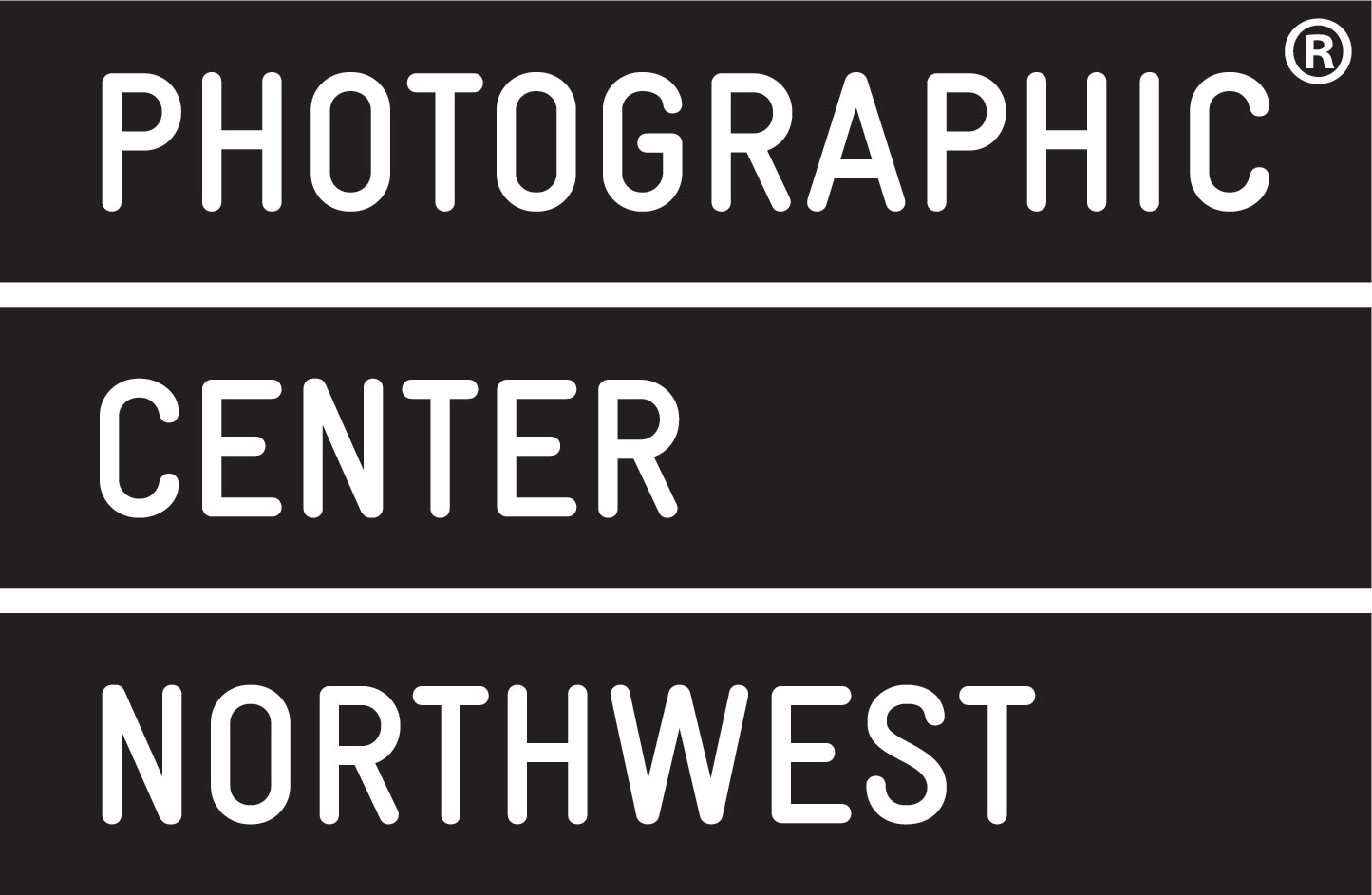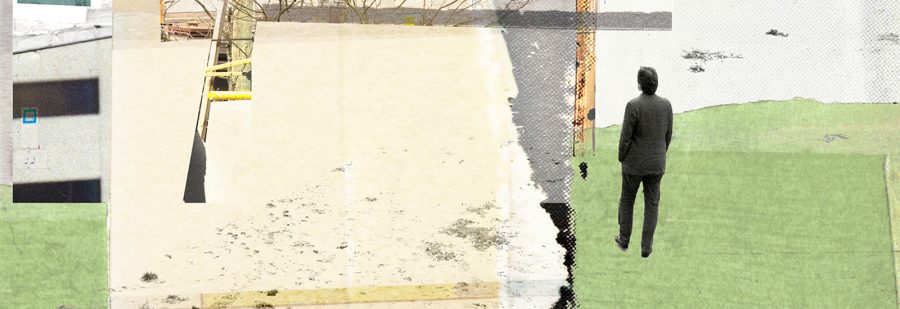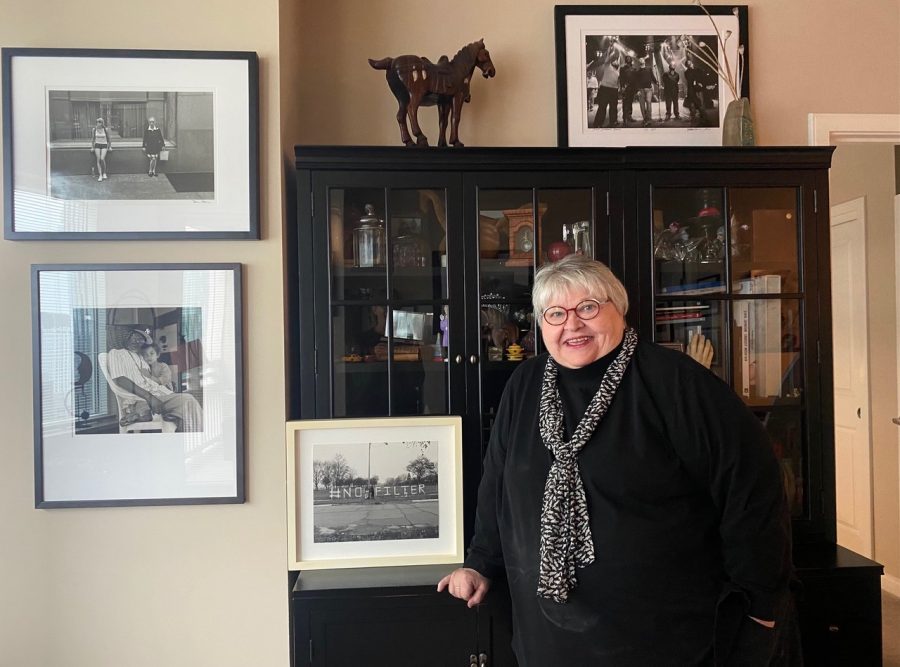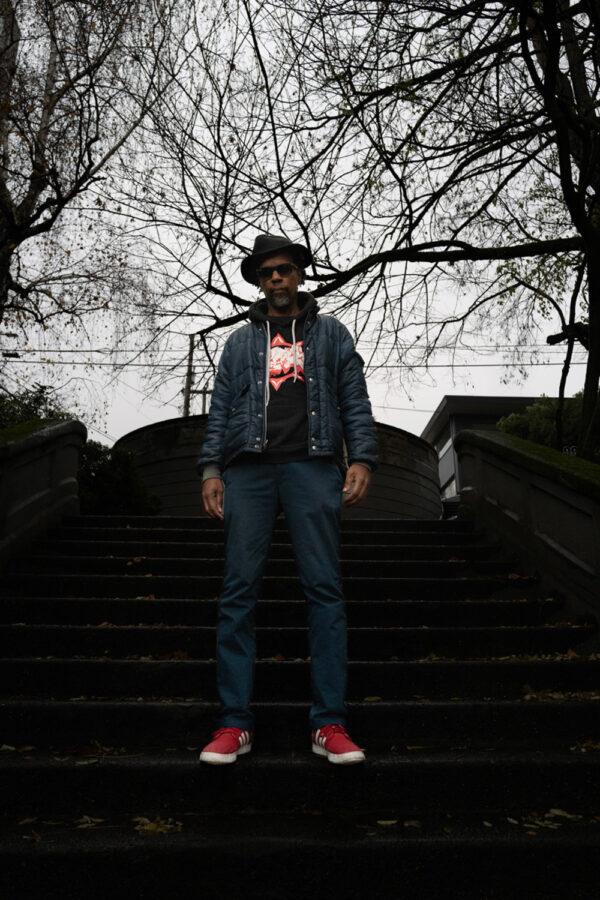Ingrid Weyland is and exhibiting artist in Imminent Existence, Photolucida‘s Critical Mass TOP 50 (2022). On view at the PCNW gallery from March 30 – June 4, 2023.
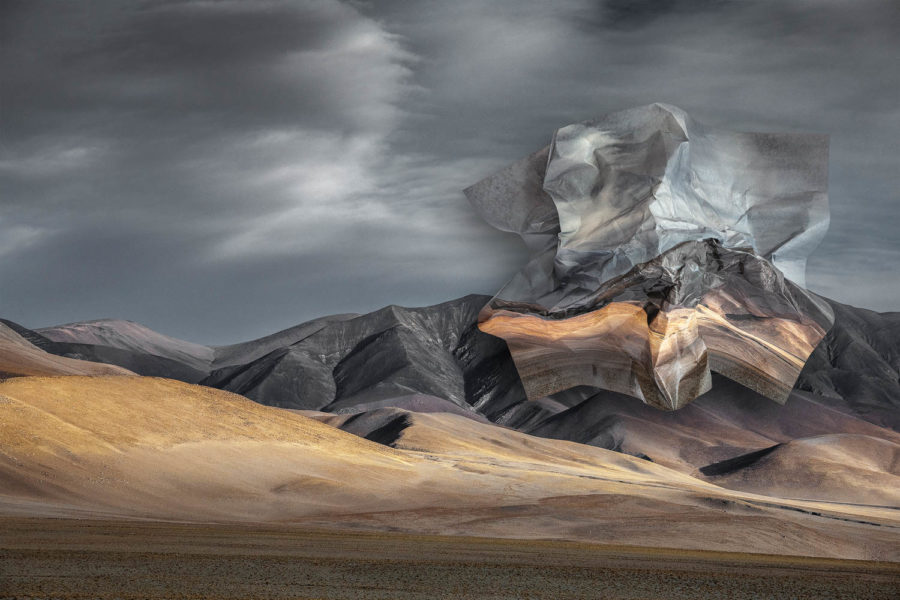
Ingrid Weyland (b. 1969, Buenos Aires; lives in Buenos Aires, Argentina)
Topographies of Fragility IV, 2019
Exhibition print
Image 18.25 x 27.5 inches, framed to 19 x 28 inches
When did you first discover your love of photography?
I’m a graphic designer and have always been interested in photography. Initially, I was mostly a portrait photographer, where Nature was always present in one way or another, it was my “safe place”.
Sometime later, I was lucky enough to travel, from the south of Argentina to Greenland’s ice sheet, in search of landscapes with a particular mood and beauty, almost surreal, where I have lived experiences of intimate connection with these unspoiled sceneries.
When I’m surrounded by Nature, I feel I can breathe, think clearly, and replenish my energy; I feel empowered. Photography, for me, is a way of making time stand still and re-entering and reliving each and every one of these magic spaces.
I currently live in Buenos Aires, Argentina.
Please tell us about the individual piece that was selected to be included in this exhibition. Also, tell us a bit about the body of work that this is from.
When I stepped foot in Iceland for the first time, it was “love at first sight”. I had never been anywhere like it. Iceland has a unique energy that is strong and exuberant. With its abundance of color in its lava fields, glaciers, fjords, and mountain peaks, it struck me as one of the most majestic places to photograph. I witnessed fascinating landscapes that took my breath away; for me photographing them was like entering a hypnotic state. It’s literally like visiting another planet; it made me think of a pre-human era, a time of virgin untouched Nature.
It was after my third trip to Iceland that I was overwhelmed by the changes I saw since my first visit in 2015. It had become a tourist hotspot, and I noticed people failing to stick to regulations and not respecting boundaries, and it started to show on the landscape.
This exact moment determined my urgency to inspire change, and I sensed that just showing beautiful landscapes was not enough; I wanted to find a way to convey both beauty and decay at the same time, to remind us what we stand to lose to climate change. So, I continued traveling and working on my archive of images at the same time. In the series “Topographies of Fragility”, I work with conventional photography combined with interventions in its materiality, the printed image, experimenting with different kinds of paper and observing how they “react” to my aggression. This operation on the printed photographic paper allows me to think about the permanent and irreversible traces of my actions, in a poetic allusion to our relationship with our planet, inciting the observer to reflect on ideas of the natural world as something disposable, to be discarded.
This particular image being exhibited is from my “Topographies of Fragility” series and was shot in magnificent Catamarca, north of Argentina. It still remains a hidden gem for nature lovers.
Is it your intention to have your artwork bring attention to any current social issues?
My aim is to raise awareness about environmental issues by means of suggesting and provoking deeper thought. I steer away from crude representations of environmental damage and prefer to play with the metaphor of the fragility of paper to encourage the viewer to relate his or her own personal vulnerabilities to the landscape before their eyes.
I use art as a way of approaching current issues that worry me, framing environmental issues in a different way from how they are presented in the media. It is easy for people to become saturated and desensitized by the direct and blunt way the media presents the environmental crisis. I propose a different approach to raising awareness through art.
My current work doesn’t focus on specific local environmental issues but rather serves as a metaphor for the fragility of Nature, as well as the fragility of humanity itself. Images are compelling and can stay in the mind of the viewer for many years. I think photographers have the power to plant a seed of thought that can blossom into change.
Who / what are your biggest influences?
Even though it may sound a bit obvious, I have to say that Nature itself is my most significant influence. I get very emotional when I’m in the presence of bare, sublime landscape. It does not cease to amaze me how much we can learn from ever-evolving Nature.
